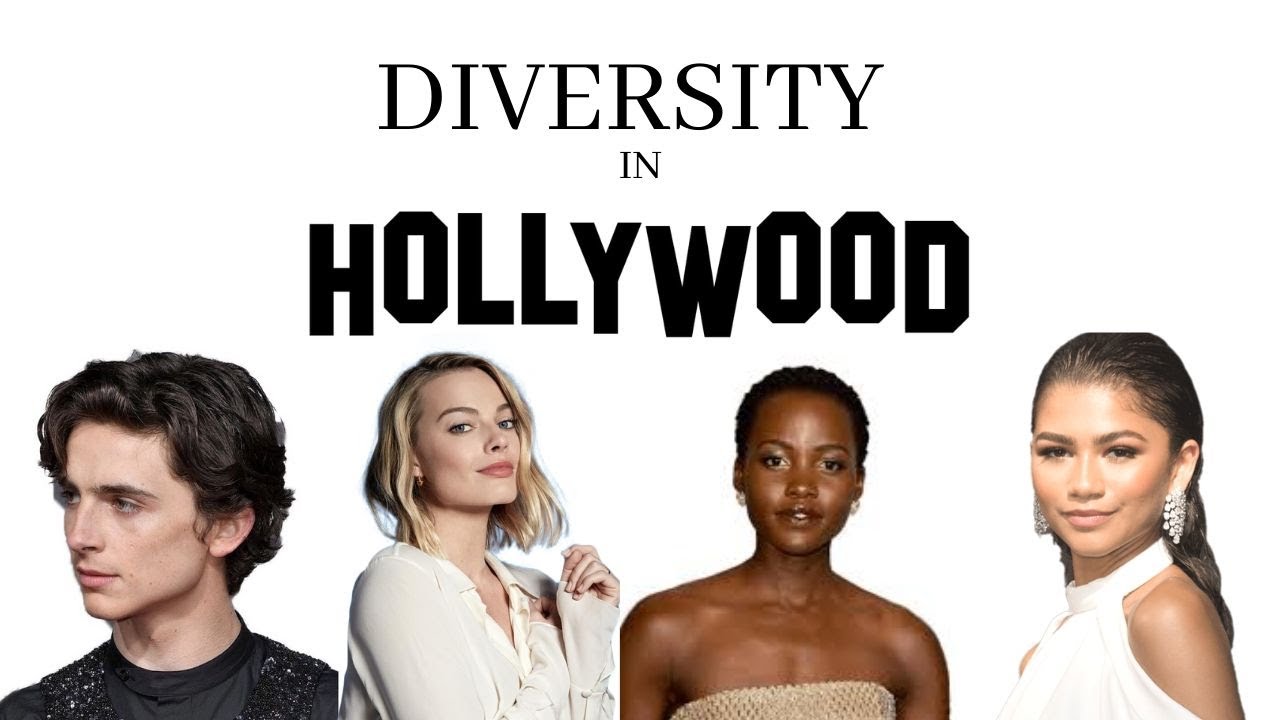Introduction
Racial diversity in Hollywood media has long been a point of contention. While progress has been made, authentic representation of various races and cultures often remains superficial or tokenistic. This article explores actionable strategies for creating genuine racial diversity in Hollywood media, ensuring inclusivity in storytelling, casting, and production processes.
The Rise of Diversity in Hollywood

In recent years, Hollywood has made some strides toward including more diverse voices and faces. There are more stories featuring people from different backgrounds, cultures, and races than ever before. Movies and shows with diverse casts have gained popularity, showing that audiences appreciate seeing a variety of experiences on screen.
Why Diversity Matters in Hollywood
Diversity is not just about representation; it’s about equity, opportunity, and telling authentic stories. Including diverse voices ensures that Hollywood reflects the real world. This approach:
- Enhances storytelling by introducing fresh perspectives.
- Builds a stronger connection with global audiences.
- Promotes cultural understanding and combats stereotypes.
The Benefits of Diversity in Media

Diversity in Hollywood benefits everyone. For audiences, it means seeing characters and stories they can relate to. For creators, it brings fresh ideas and perspectives. Studios also gain by reaching larger, more varied audiences. Most importantly, diversity helps challenge stereotypes and fosters understanding among different communities.
The Role of Diversity in Storytelling
Diversity plays a key role in creating rich, meaningful stories. When writers, directors, and actors from different backgrounds share their experiences, it leads to authentic and relatable content. This also ensures that everyone’s voice is heard, making Hollywood more inclusive and creative.
Barriers to Authentic Racial Diversity
Even with progress, big challenges remain:
- Stereotyped Roles: Actors from underrepresented groups are often stuck playing clichéd characters.
- Few Diverse Leaders: There aren’t enough writers, directors, and producers from different backgrounds. This limits real stories.
- Money Worries: Some studios think diverse projects won’t make money, which slows change.
Strategies for Achieving Racial Diversity

1. Diverse Casting
Casting directors should focus on talent from all backgrounds. Actors should get roles in all genres, not just ones tied to their ethnicity.
2. Inclusive Stories
Writers and directors from underrepresented groups should lead more projects. Real stories come from personal experiences, so having diverse voices is important.
3. Leadership Accountability
Hollywood leaders should set clear diversity goals. Sharing their progress openly helps keep them honest and committed.
4. Work with Advocacy Groups
Groups that support racial diversity can give helpful advice. Partnering with them ensures decisions are thoughtful and fair.
5. Training and Education
Workshops on bias and cultural awareness can help Hollywood embrace diversity better.
Positive Impact of Authentic Diversity
When diversity is done right, it benefits everyone involved:
- For Audiences: Viewers feel connected when they see their lives on screen.
- For Studios: True representation brings bigger, more loyal audiences and boosts profits.
- For Society: Diverse stories break stereotypes and build inclusiveness.
The Importance of Representation
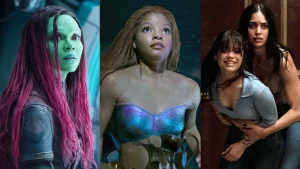
Representation is important because it helps people see themselves in the media. When someone sees a character who looks like them, it can boost their confidence and make them feel like they belong. For groups that are often left out, seeing similar stories on screen can break stereotypes and show that their experiences matter. It sends a clear message: everyone deserves to be seen and heard.
The Role of Social Media in Promoting Diversity
Social media plays a big role in supporting diversity. Platforms like Twitter, Instagram, and TikTok let people share their thoughts and call out media that isn’t inclusive. As more people speak up about representation, Hollywood faces more pressure to listen. Social media has made diversity a big topic, pushing creators and audiences to care about it more
Moving Beyond Stereotypes

Hollywood has often used stereotypes when casting actors from different cultures and races. These stereotypes limit the kinds of roles diverse actors can play. To move forward, actors need chances to play roles that highlight their full talent, not just those linked to their background. This creates new opportunities for actors and brings richer, more interesting stories to life
Empowering Diverse Creators
True diversity starts behind the scenes. Hollywood needs more writers, directors, and producers from different cultures and races. When creators have varied backgrounds, their stories feel more real and relatable. Supporting diverse creators helps break old patterns and allows for stories that reflect the world as it is.
The Need for Equal Opportunities
Hollywood must make sure everyone has a fair chance, no matter their background. For years, some groups have been left out of important roles in the industry. Equal opportunity means giving all people the same access to resources, funding, and networks. By doing this, Hollywood can unlock more talent and creativity, leading to better, more inclusive content.
The Role of Audiences in Driving Change

Diversity shouldn’t be limited to specific types of movies or shows. People from all backgrounds should be seen in all genres, like action, comedy, and historical dramas. This creates richer stories and shows different communities in many ways. When Hollywood includes diverse people in many roles and settings, it becomes more welcoming and enjoyable for everyone.
Representation in Different Genres

Diversity should not be limited to just certain types of films or TV shows. People of all backgrounds should be seen in various genres, from action movies to comedies to historical dramas. This allows for a richer and more varied portrayal of different communities. When Hollywood shows diverse people in a wide range of roles and settings, it becomes more inclusive and appealing to everyone.
Overcoming Industry Resistance
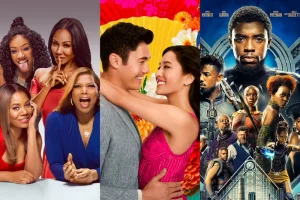
Even with calls for diversity, some in Hollywood resist change. They might say audiences aren’t ready or that diverse projects won’t make money. To fight this, action and education are needed. Successful films like Black Panther and Crazy Rich Asians show that diverse stories can do well. Change takes time, but showing success and staying consistent can help others see the value of diversity.
Moving Toward a More Inclusive Future
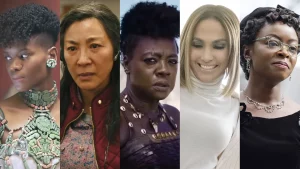
Hollywood is slowly but surely moving toward a more inclusive future. Progress is being made, but there’s still a long way to go. By continuing to support diverse actors, creators, and stories, Hollywood can create a media landscape where everyone feels represented. The future of Hollywood can be bright if the industry continues to make space for everyone to tell their stories.
Challenges to Achieving Real Diversity
Even with progress, challenges remain. Many actors are still stuck in stereotypical roles. Diverse creators often have a hard time getting opportunities. Most decision-makers in Hollywood are not diverse, making change slow. Some studios also worry that diverse projects won’t make money, which can stop real inclusion from happening.
The Future of Diversity in Hollywood
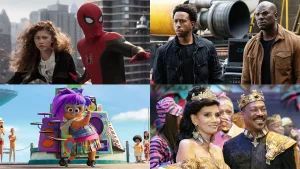
The future of Hollywood looks brighter if diversity becomes a priority. By hiring more diverse talent and focusing on authentic stories, the industry can grow in exciting new ways. As audiences demand better representation, Hollywood has the chance to lead the way in building a more inclusive and connected world.
Analysis Table
| Aspect | Current Challenges | Proposed Solutions |
|---|---|---|
| Casting | Stereotypes and tokenism | Open-minded casting and inclusive representation |
| Storytelling | Lack of authentic narratives | Empowering diverse writers and directors |
| Leadership | Predominantly homogeneous executives | Promoting diverse leadership and accountability |
| Financial Perceptions | Fear of risks with diverse projects | Showcasing success stories of inclusive media projects |
Comparative Table: Progress vs. Remaining Challenges
| Aspect | Progress Made | Challenges Remaining |
|---|---|---|
| Representation in Awards | Increased wins for diverse artists | Underrepresentation in major categories |
| Inclusive Storylines | More diverse lead characters | Over-reliance on clichéd narratives |
| Behind-the-Scenes Roles | Some initiatives for diverse hiring | Still limited presence in key creative roles |
| Global Appeal | Growing international audience | Limited understanding of global cultural nuances |
Conclusion
Achieving authentic racial diversity in Hollywood media is not just an ethical imperative it is a creative and financial necessity. By addressing barriers, implementing actionable strategies, and fostering accountability, Hollywood can create a media landscape that celebrates and reflects the richness of human diversity.

